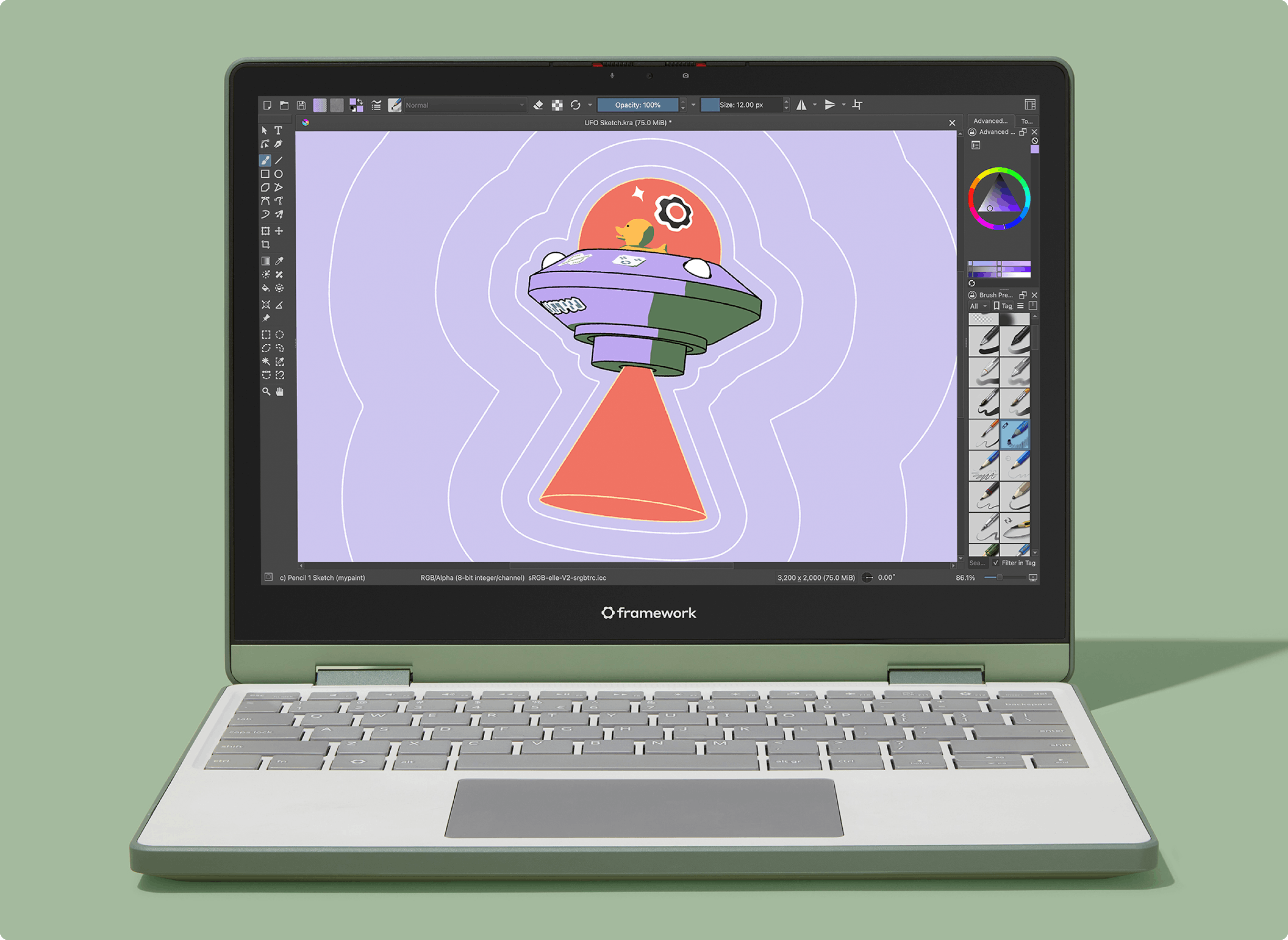Ford announced this week that it is merging FNV4, its project to develop a next-generation electrical architecture designed to unlock new functionality and upgradeability for both EVs and internal-combustion cars, with its existing architecture, seemingly confirming reports that the project has not gone as planned. It’s another in a long, long line of false starts in the race for legacy automakers to develop true “software-defined vehicles” (SDVs), and further proof of just how hard the task is.
It’ll be worth the effort. Software-first architectures reduce costs, increase flexibility and—perhaps most importantly—allow automakers to move faster, without being slowed down by a complex web of suppliers creating their own code. Though becoming a leader in SDVs will be just as challenging as becoming an electric vehicle powerhouse, it’s also equally important. Consumers have had it with clunky, slow automotive technology, and the modern car is so computerized that a seamless electronic interface is an absolute necessity.
None of the legacy automakers has solved this problem yet. All of them have thrown billions at it. Only some of them will complete the transformation.
What Is A Software-Defined Vehicle?
Tesla invented the software-defined vehicle with the launch of the original Model S. While previous cars had plenty of software onboard, they all used a different approach. Electronic control units (ECUs) with supplier-sourced software would control groups of features or individual modules. Cars would have one computer handling, say, HVAC systems, and another for the lighting. Each of these computers was networked via CAN bus, an old-school network with limited bandwidth.
This was the original software-defined vehicle, the Tesla Model S.
Photo by: Tesla
Updates were done at dealers, and since that process was expensive, automakers only updated things when they had to, for safety, security or reliability reasons. This meant that software had to be fully validated and finalized before the product entered production, according to Sam Abuelsamid, vice president of market research at auto intel firm Telemetry.
But Tesla changed the game. The Model S was designed from the get-go to be updatable over-the-air, and since it didn’t rely on legacy suppliers, it used far fewer ECUs than its competitors. Most software duties were handled by a centralized computer, with only certain safety-critical systems getting their own computers. This simplified wiring, reduced production costs and allowed Tesla to make the car better over time.
The updatability was both broad and deep. One example Abuesamid offers: When the Model 3 first came out, it took far too long to stop in Consumer Reports testing, thanks to bad anti-lock braking system (ABS) calibration. Tesla was able to fix this with a software update over the air, something no one else could do for a braking system. That was impressive, but the example presented a worrying question: Did engineers not do stopping-distance testing before they shipped the car to customers?
The Tesla Model 3 brought the SDV to a mass-market audience, but its early quality issues show why the move-fast and fix-it-later approach can be problematic.
Thus, the double-edged sword of SDVs. They are more upgradeable and flexible than their predecessors, but that advantage allows companies to deliver under-baked software with a “fix it later” approach.
Teething Issues
Evidence of that dichotomy is not hard to find. As automakers have introduced vehicles with more advanced computing and electrical architectures, they have also struggled to deliver bug-free software on time.
General Motors provided America’s most salient example. Its Vehicle Intelligence Platform (VIP) uses a CAN bus system alongside ethernet connections. That allows for more networked features, including things like Super Cruise hands-free driving and key modules that can be updated over-the-air. But troubles with the platform also ruined the launch of products like the Hummer EV, Cadillac Lyriq and Chevy Blazer EV. All of them were wracked with software issues, one of which stranded our man Kevin Williams. And a truly centralized platform remains on the horizon.
Volvo also struggled with scaling its platform. It’s proud of the fact that the EX90 and EX30 are true software-defined EVs. They have a centralized computing system, a simpler electrical architecture and a software stack that is designed to get better continuously. But delivering it was a nightmare. The company delayed the EX30 and EX90, and then shipped them with plenty of bugs and missing features. Still, the Volvo EX30, EX90 and related Polestar 4 are SDVs you can buy in the U.S. today.
Ford’s FNV4 was its next big move, and according to Abuelsamid, it was supposed to be out already. The platform was going to underpin vehicles like Ford’s planned electric three-row SUV, which the company abruptly canceled last year. According to Abuelsamid, the software wasn’t ready. Now, some improvements from FNV4 are being folded into Ford’s existing FNV3 architecture.
My Blazer EV has gotten a few software updates since I got it eight months ago, but one of them still had to happen at the dealer.
Photo by: Mack Hogan/InsideEVs
Still, Abuelsamid says Ford’s current position is “way better than it was two years ago.”
Then there’s Volkswagen, which made a big bet on software development with its captive software arm, Cariad. Despite the early start and plenty of money, though, Cariad was a disaster. VW tried to reshuffle the company a few times and utterly failed to turn it around. Now, with its SDV plans way off track, VW is outsourcing key software tasks to Mobileye, Chinese partners and Rivian. It is, as Abuelsamid put it, a “clusterf—.”
The Rivian deal will at least allow the company to get its own “zonal architecture,” the latest buzzword that refers to a new, more efficient way to lay out electrical architecture in SDVs. But Volkswagen needs to learn how to do this itself, so relyihng on others isn’t the best option in the long run.
"Zonal architectures" are the next big thing in electrical system design, allowing companies to reduce complexity by running almost all functions through one of a few core computers distributed throughout the vehicle.
“It’s not an ideal solution,” Abuelsamid said.
As for everyone else, they’re all a few years away from having any proper SDVs on the road. Stellantis has been cautious with its rollout, but it’s working hard on its STLA Brain project. BMW is promising a generational leap in SDV tech with its Neue Class line of Vehicles. Mercedes has its true SDV platform launching on the CLA later this year, even if that car is looking a little less exciting after this week’s news.
Japanese and Korean companies remain further behind. Hyundai and Kia are transitioning to more software-driven vehicles, but their existing products feel a generation behind what GM’s doing and two generations behind Tesla. Toyota has brought much of its software team in-house and set up a major operation in the U.S., but is far from offering a true SDV. Honda’s existing products are legacy through and through, but it says the 0 Series EVs will use a true SDV platform with AI integration and a smart assistant, Asimo.
Honda's 0 Series Saloon concept previews its upcoming software-defined vehicle.
Photo by: Honda
All of these future products will likely have teething issues. Because even with deep pockets, this is not an easy transition. But automakers need to push through if they want to create affordable, upgradeable EVs with streamlined user experiences. As customers of Rivian, Tesla and many Chinese brands have proven, once you use a true SDV you rarely go back to a legacy product. It’s a smoother, more modern experience.
Why It’s So Hard
From the outside, it may be hard to understand why creating a software-defined vehicle is still hard in 2025. These legacy companies have poached big hitters from Apple, Tesla and Google. They’ve sunk billions into it. They have decades of experience with software-controlled modules. From the clouds, it all seems doable.
Yet on the ground, it’s a nightmare. Automakers are not redesigning software. They are reworking how their entire organizations approach software.
These are companies that have typically seen software as a problem to be solved, not a design to be experienced. Engineers at GM, Ford and Toyota have spent decades using an approach to software that was silo’d, minimally tolerant of risk and designed to remain unchanged through the vehicle’s 20-year life cycle.
Hyundai will launch a new software experience under the "Pleos Connect" brand.
Photo by: Hyundai
Now, they need to make compelling apps, slick new features and all-new electrical architectures that neither the companies nor their suppliers are used to using. They need to build Tesla-level upgradeability with far less willingness to ship unfinished goods, all while tucking it behind a military-grade firewall to ensure your car can’t be remotely hacked.
“The challenging part is these companies need to merge their development philosophies,” Abuelsamid says, keeping the safety-first mindset while also getting faster, more creative and bolder.
Plus, as Ford SDV project boss Doug Field tells The Verge, slower-than-expected EV sales mean they need to build systems that can also work with internal-combustion vehicles. That’s a major challenge, as EVs have a big battery that can power their electronics round-the-clock, enabling big over-the-air updates. When you only have a puny 12-volt to keep things moving, you’re going to run out of juice pretty quick.
Finally, they have to navigate all of these issues while not scaring off customers. GM has been more aggressive and, I’d argue, successful with SDVs than competitors, but its anti-Apple CarPlay stance has also scared off plenty of buyers. Plus, as automakers have moved more controls into their central displays, they’ve faced more consumer complaints and confusion.
So Who Wins?
The clear leaders here are the companies that weren’t already locked into the old-world approach to automotive software. Tesla, Rivian, Lucid and almost all of the Chinese automakers have built ground-up systems that work without legacy bloat.
Rivian's software may not be as great as Tesla's, but it's far ahead of legacy automaker tech.
Everyone else is having to stumble their way towards that future, with varying levels of success. GM had the most high-profile struggles, but like BMW with early iDrive, the company’s willingness to stick it out seems to have produced an organization that’s ahead of its legacy peers on software. But it remains to be seen whether the company can take its approach further down the path to true SDVs.
BMW and Mercedes are close to launching theirs, while the fruits of the VW-Rivian deal and Ford’s “skunkworks” next-gen EV project remain further out. As for the Korean and Japanese companies, all of the hard work is still ahead of them.
Tesla proved that a software-defined vehicle was a viable and desirable product. Chinese automakers proved that the software-first approach could be replicated and improved upon. Now, we need a legacy automaker to prove that you can turn a century-old hardware brand into a true software company. It’s possible, but we know now that it won’t be easy.
Contact the author: [email protected].










 English (US) ·
English (US) ·